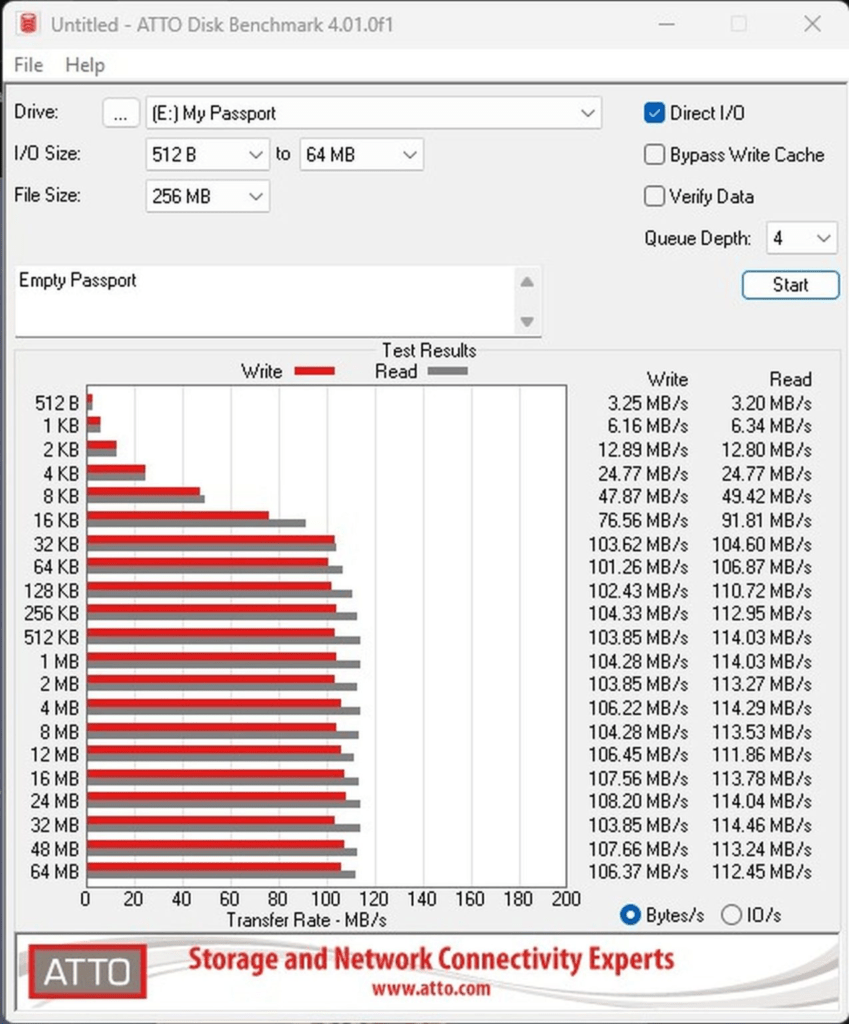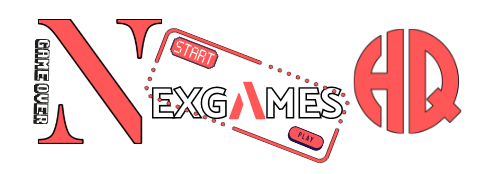
You don’t know how much data you gather at a trade fair. When you have three individuals recording 4K/60 interviews, uncompressed raw gameplay capture, plus a ton of scratch audio, things may pile up. When I first picked up the WD My Passport, I knew exactly what I intended to use it for, and boy did I. Let’s take a quick look at the 6TB My Passport and how it may make our jobs easier at events like PAX and Summer Games Fest.
There are numerous applications for bigger storage, such as a secondary drive, local backup, or cold storage for critical information. In this situation, the hope is that it will be how we gather video production data for assembly and rendering. The first step was to test the speed to determine if it could handle hundreds of gigabytes being transferred to and from it. When time is of the essence, putting your feet up for an hour as you ingest data isn’t the best use of your cycles; but, losing data and having to recover it is far, far worse.

There is a trade-off between cost, speed, and capacity, and despite recent breakthroughs in drive size, capacities more than 2TB remain rather pricey. This WD My Passport has a storage capacity of 6TB, which is enough for three complete teams to take footage for the whole duration of the event, including the many days before and beyond when private appointments continue. The MSRP for the 6TB drive is $174.99, which may or may not be a decent deal. Let us discuss about interfaces.

The connector used to connect the WD My Passport is a Micro-B, which can support USB 2.0 or USB 3.2 Gen 1, depending on your system’s capabilities. As a refresher, USB 2.0 provides 480 Mbps, or around 60 MB/s throughput. USB 3.2 Gen 1, on the other hand, increases these higher potential speeds to 5Gbps, or 625 MB/s. Obviously, there is a significant difference between the two, so keep that in mind when deciding which port to utilize. For quick reference, white is 1.0, black is 2.0, blue is 3.2 Gen 1×1, teal is USB 3.2 Gen 1×2, and yellow and red/orange are USB 3.2 Gen2 or USB 3.2 Gen2x2. Unfortunately, as with much of the USB standard, it’s a bit of a jumble, so it may not be completely true – consult your motherboard’s manual for further information. If your laptop has a USB-C port capable of USB 3.2 Gen2, but only USB 2.0 USB-A connections, this is not the ideal disk; instead, you should get the My Passport Ultra, which has the same speed but the correct connection type to maximize your speed. If your motherboard includes a USB 3.2 Gen 2×2 port, you’ll get maximum speed out of this disk without using up valuable USB-C ports. Just be conscious of what you’re connecting and how to avoid creating an artificial bottleneck. In general, avoid plugging it into a black USB port, and you should be alright.

Beyond simply looking at maximum speeds, there are other factors to consider when driving. Average read access evaluates the delay you may expect when acquiring the next file, and in the case of the WD Passport, we saw an average of 0.58 ms, which is reasonable for a USB-A connected device. There is also a difference between buffered, linear, and random rates. I was surprised to note that the USB 2.0-enabled connection outperformed the specified amount by a considerable amount across the board, with an average of 316 MB/s (buffered), 35.2 MB/s (Linear), and 179 MB/s (random), with highly consistent figures during a five-minute measuring frame. Plugging into a USB 3.2 connection reveals that we have once again reached the theoretical maximums of a spinning drive.

Returning to our practical example, I was able to download all of the videos from the various capture sources and save them in DaVinci Resolve for long-term storage. The maximum speeds were adequate for 1080p video, but loading multi-gigabyte files from the 6K camera proved impossible. For that, you’ll need an SSD, preferably an NVMe. The Passport is an excellent incremental backup tool for these raw data, but it is simply not fast enough for editing objects of size.

When reviewing gear, we always look at the price and warranty last. We talked about the My Passport’s price, which has dropped to $174.99 for the 6TB version. A USB-C type with a significantly greater speed ceiling will cost you an additional $25. Both of these drives, however, have a three-year warranty and include the backup software required for incremental or huge chunky backups. Now that we know where the lines are, the purpose of My Passport becomes clearer. Six terabytes is a lot of cold storage, and it’s more than enough for systems like the PlayStation 4 and Xbox One as primary drives. Even if it cannot handle Resolve’s live edits, it can save the generated results in case I need them again for future work. It can also manage a large number of movies and backups for the current generation of consoles. I have entirely too many Rockband songs, and this My Passport drive is set to become my new storage platform for holding those.
The My Passport, weighing only 0.46 lbs and measuring 4.22″ x 2.95″ x 0.81″, is a compact backup drive suitable for storing vital files locally. While Western Digital offers far speedier drives, there is room for the WD My Passport. Just be aware that your time in the sun may be limited.

